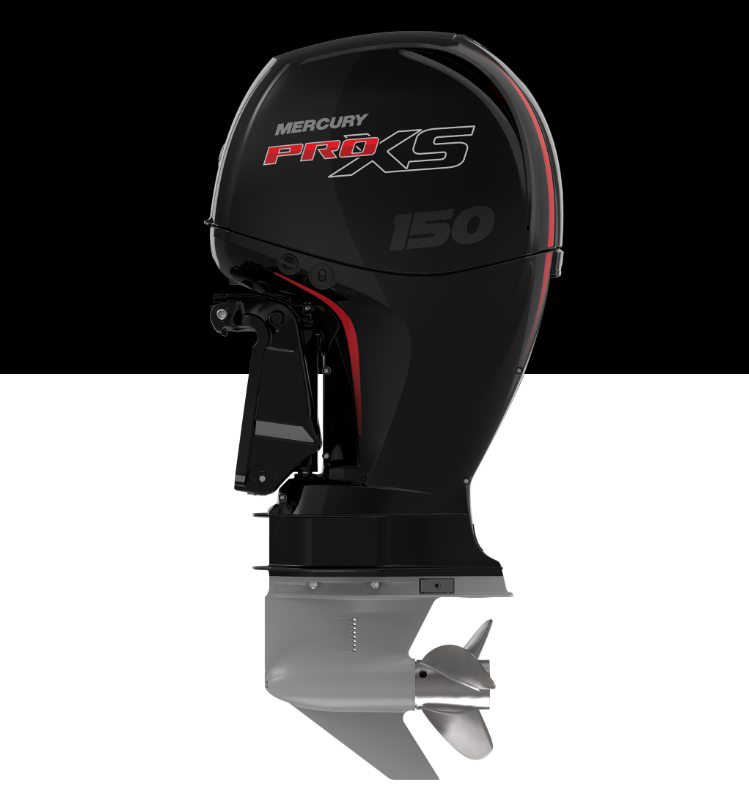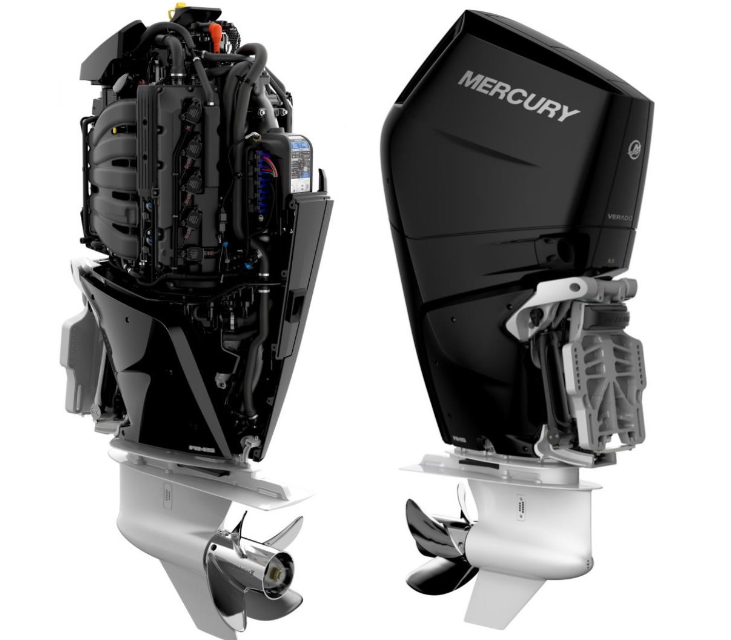Navigating Your Choices: Selecting the Right Outboard Engine and Shaft Size for Your Boat
When it comes to optimizing your boating experience, choosing the right outboard engine and shaft size is paramount. This decision not only affects your boat’s performance but also its efficiency, safety, and overall enjoyment on the water. With a myriad of options available, understanding how to match the engine and shaft size to your boat can seem daunting. This guide aims to demystify the process, helping you make informed choices that enhance your marine adventures.

Understanding Engine Size
The “size” of an outboard engine is typically measured in horsepower (HP), and selecting the appropriate horsepower is crucial for the safety and performance of your boat. Here’s how to determine what you might need:
- Boat Size and Weight: Larger, heavier boats require more horsepower to move efficiently and safely across the water. Conversely, a smaller, lighter boat outfitted with too much horsepower can be unsafe.
- Boat Type and Usage: Consider what you’ll be using your boat for. Fishing, cruising, and watersports can have very different power requirements. For example, towing skiers or wakeboarders typically requires more horsepower.
- Capacity Plate: Most boats have a capacity plate that includes a maximum horsepower rating. This rating is a guideline from the boat manufacturer indicating the highest safe horsepower for your boat.
Deciding on Shaft Length
The shaft length of an outboard engine ensures that the propeller is adequately submerged, affecting performance and handling. Here’s how to choose the right one:
- Transom Height: The key to selecting the correct shaft length is knowing your boat’s transom height. The transom is the vertical section at the back of the boat where the engine is mounted. Measure from the top of the transom to the bottom of the hull to determine the height.
- Standard Shaft Lengths: Outboard engines typically come in three shaft lengths:
- Short Shaft: 15 inches, suitable for small boats with a transom height of about 15 to 17 inches.
- Long Shaft: 20 inches, ideal for boats with a transom height of about 20 to 22 inches.
- Extra-Long Shaft: 25 inches, designed for boats with a transom height of about 25 inches or more.

Matching Engine and Shaft Size to Your Boat
- Consult the Manufacturer: Many boat manufacturers provide recommendations for both engine size and shaft length. These recommendations are based on extensive testing for optimal performance and safety.
- Consider Balance and Handling: A properly sized engine with the correct shaft length will help maintain the boat’s balance, ensuring good handling and stability.
- Safety First: Overpowering your boat can be as dangerous as underpowering it. Adhering to the manufacturer’s recommendations helps ensure a safe balance between power and control.
Professional Guidance
While this guide provides a basic overview of choosing the right outboard engine and shaft size, each boat and its usage are unique. For personalized advice, it’s wise to consult with a professional. At Tag Cabo Sportfishing, as an authorized dealer for Mercury Marine in Mexico, we have the expertise to help you navigate these decisions. Our team can provide tailored recommendations that match your specific boating needs, ensuring you get the most out of your time on the water.
Conclusion
Selecting the right outboard engine and shaft size for your boat is a critical step toward a safe and enjoyable boating experience. By considering factors such as boat size, weight, usage, and manufacturer’s recommendations, you can make informed decisions that optimize performance and safety. Remember, when in doubt, seek professional advice to ensure your boating adventures are powered by the perfect match for your marine needs.
